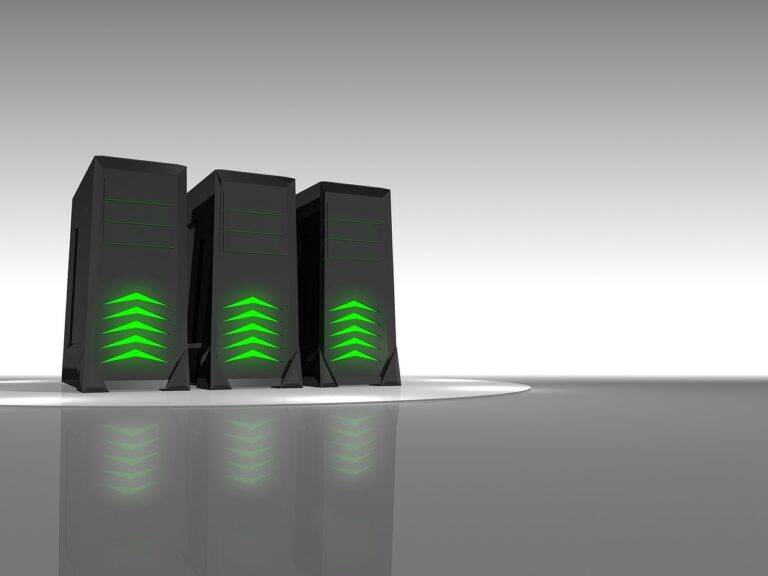The Potential of 3D Printing in Construction Industry
3D printing technology has revolutionized the construction industry by offering a cost-effective and efficient way to create complex architectural designs. With the ability to produce intricate shapes and structures, 3D printing allows for greater design flexibility and customization compared to traditional construction methods. This not only saves time but also reduces material wastage, making it a more sustainable option for construction projects.
Moreover, the automation and precision of 3D printing in construction ensure higher accuracy and consistency in the final products. This results in improved structural integrity and durability of buildings, providing a safer and more reliable outcome. Additionally, the speed of 3D printing allows for faster project completion, enabling construction companies to meet tight deadlines and deliver projects in a timely manner.
Applications of 3D Printing in Construction
One of the key applications of 3D printing in the construction industry is the ability to create complex architectural designs with intricate details. This technology allows for the efficient production of unique building components that would be challenging to achieve through traditional construction methods. By using 3D printing, architects and engineers can bring their innovative and creative ideas to life without being limited by the constraints of conventional building techniques.
Another important application of 3D printing in construction is the ability to produce customized and prefabricated building elements. This method enables the fabrication of specific components tailored to the requirements of a particular project, resulting in faster construction times and lower costs. By utilizing 3D printing, construction companies can streamline their processes and optimize the use of materials, leading to more sustainable and environmentally friendly building practices.
What are some benefits of using 3D printing in the construction industry?
Some benefits of using 3D printing in construction include faster construction times, reduced labor costs, increased design flexibility, and the ability to create complex and unique structures.
What are some common applications of 3D printing in construction?
Some common applications of 3D printing in construction include creating building components such as walls, floors, and ceilings, producing intricate architectural elements, and printing molds for concrete casting.
How does 3D printing help in reducing construction waste?
3D printing in construction allows for precise material usage, reducing waste significantly compared to traditional construction methods where excess materials are often discarded.
Can 3D printing be used to build entire houses?
Yes, 3D printing technology has advanced to the point where entire houses can be 3D printed in a matter of days, offering a faster and more cost-effective construction method.
Are there any limitations to using 3D printing in construction?
Some limitations of using 3D printing in construction include the size restrictions of the printing equipment, the need for specialized expertise to operate the technology, and the initial investment required for purchasing and maintaining 3D printers.





